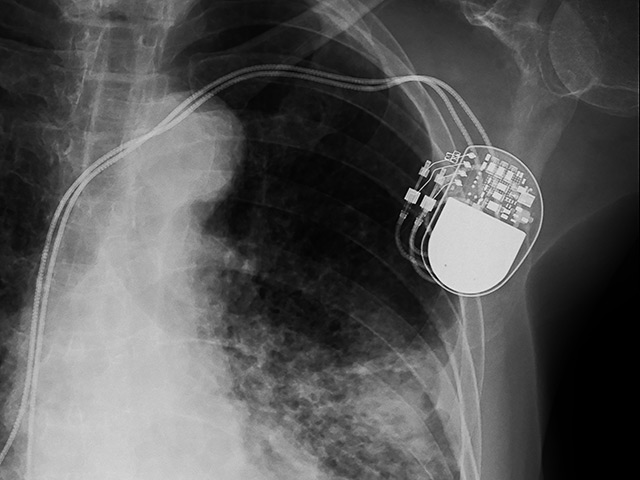Man’s pacemaker may ultimately land him in jail in for arson and insurance fraud
07/25/2017 / By Russel Davis

In what was considered a first of its kind, a Butler County, Ohio judge this month ruled that data from a pacemaker could be presented in a trial against Ross Compton who was indicted in January on grounds of arson. Compton, 59, was charged of aggravated arson and insurance fraud for purportedly starting a fire at his Court Donegal home in September of last year. The fire incurred nearly $400,000 in damages.
According to reports, Compton told the authorities that he was asleep when the fire started. When he woke up, Compton allegedly packed some belongings in a suitcase and bags, then proceeded to use a cane to break the glass window in his bedroom. He then purportedly threw the bags and suitcase outside before taking them to his car. The court records noted that the police then obtained a search warrant for all of the electronic data stored in Compton’s pacemaker.
The pacemaker data contained Compton’s heart rate, pacer demand, and cardiac rhythms before, during and after the fire. According to a cardiologist that examined the data, “It is highly improbable Mr. Compton would have been able to collect, pack, and remove the number of items from the house, exit his bedroom window, and carry numerous large and heavy items to the front of his residence during the short period of time he has indicated due to his medical conditions.” The detectives then deemed Compton’s statements inconsistent with the evidence collected from the scene.
Defense lawyer Glenn Rossi argued that the pacemaker evidence should be left out. According to Rossi, using the pacemaker data was an invasion of Compton’s constitutional rights. In response, Assistant Butler County Prosecutor Jon Marshall cited instances where authorities can take hold of medical records for use as evidence in criminal cases. Common Pleas Judge Charles Pater ultimately ruled against the defense, noting that Compton’s ownership of the pacemaker does not make the data more private than other things.
Privacy concerns loom over pacemaker data exposure
The recent ruling that allowed the use of pacemaker data in court spurred concerns among privacy advocates, stating that it may put the privacy of medical records at risk. Defense lawyer Rossi reflected the concern, noting that the issue is bigger than Compton’s case.
“[Allowing the data to be used as evidence] further expands the government’s ability to access some of our most fundamental private information. We take the strong position that medical data regarding the inner functions of one’s body designed to assist a doctor in keeping a patient alive should be safeguarded against government overreach. As was argued to the court, what is next on this slippery slope as technology advances,” Rossi said in an article on CNET.com.
Stephanie Lacambra, staff lawyer for the Electronic Frontier Foundation, expressed similar concern when the news broke out. “Americans shouldn’t have to make a choice between health and privacy. We as a society value our rights to maintain privacy over personal and medical information, and compelling citizens to turn over protected health data to law enforcement erodes those rights,” Lacambra told Engadget.com.
Ohio was not alone in turning to health data for use in a criminal case. In fact, a New Jersey bill introduced in 2013 required all mobile phones to be subjected to police search after an accident. However, the bill was eventually written off. New York legislators are also mulling over a bill requiring people involved in crashed to surrender their phones to the police and have it assessed by a device called textalyzer. The said device is expected to determine whether the phone has been in use. (Related: CIA Discovered To Be Routinely Hacking Home Wi-Fi Routers Made By Linksys, DLink And Belkin To Monitor All Your Internet Traffic.)
Sources include:
Tagged Under: data breach, medical devices, medical ethics, medical privacy, Medical records, pacemaker, police surveillance, privacy


















